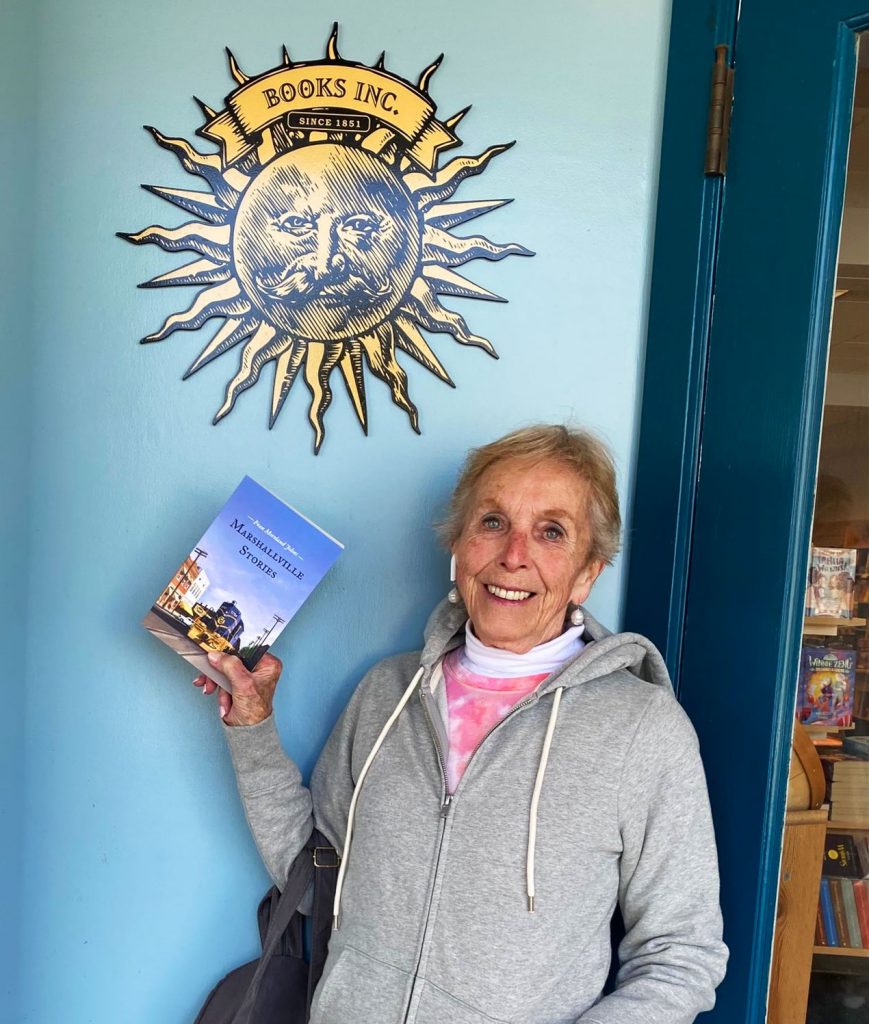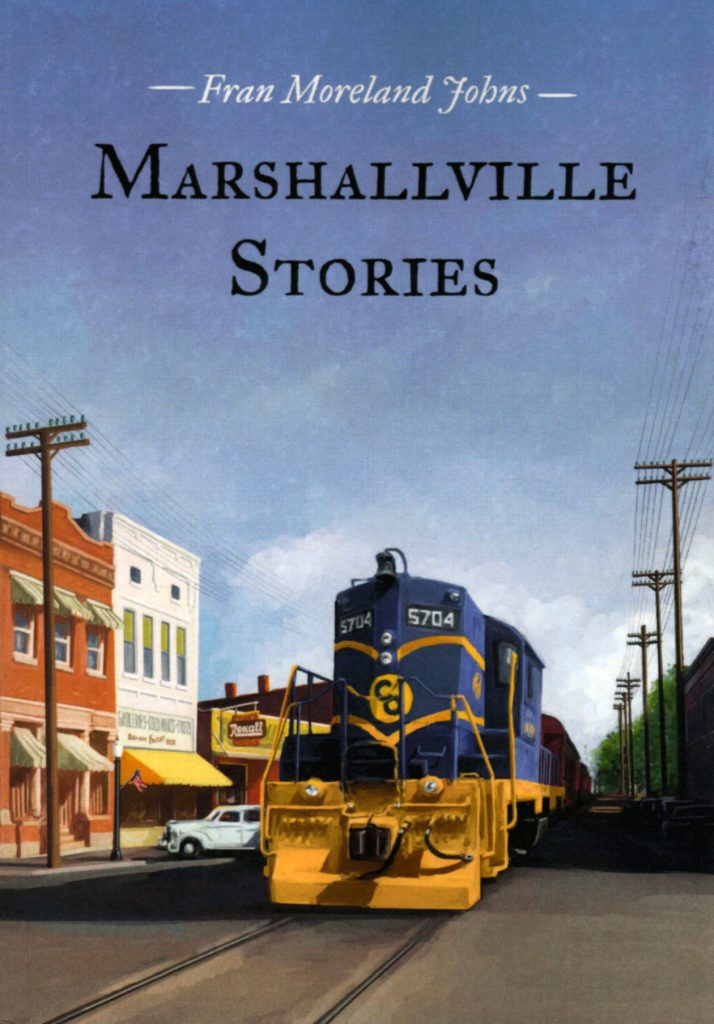
FIRST PERSON | FRAN MORELAND JOHNS
It started as a casual conversation in our old Sacramento Street kitchen.
“I can’t write stories!” I remember saying. “Real writers write stories!” This was about 30 years ago, early in my marriage to the Great Encourager. “Sure you can,” he said. “You’ve got stories that deserve to be written.”
I had written news articles, features and columns for magazines and newspapers, including the New Fillmore, plus political speeches, annual reports and a few easily forgettable books written on commission long ago because I needed the money — almost anything nonfiction you can name, but never stories.
With a lot of encouragement, I set about writing the first purely made-up story of my grown-up life. It was about a local character in a small town in Virginia in the early 1940s. “Eddie Rakeleaves” did pretty well for itself, winning an award from a respected literary journal. And it provided more encouragement to tackle a longtime dream — whereupon I entered the University of San Francisco, a short uphill walk but a few long decades since my B.A. in art from Randolph-Macon Woman’s College. The MFA Class of 2000 comprised a wide variety of people with day jobs, from young men and women just out of college to a few Vietnam vets and one senior. My fellow students never tired of kidding me about the absence of profanity in my stories — a problem the Vietnam vets did not have. But being the grandmother of the class was as delightful as the assignments were challenging.
My husband Bud, the Great Encourager, took over all the cooking, looked after home and hearth, paid the bills, fielded calls and invitations while juggling his own commitments, and took other women to concerts and gallery openings. More than a few people would look sideways at me when I reappeared after graduation with Bud at Peet’s or a gallery show, having figured I was somewhere in his past. But two years later I picked up an MFA in short fiction. I was writing stories! Soon those stories went into a dusty file drawer to languish while life intervened. I went back to nonfiction — and on to books, activism, nonprofits, talks, marches and letters to editors. Early on I occasionally pulled out a story to fire off somewhere, so a few were published in print or online magazines. But the drawer got dustier and dustier.
Then new encouragers appeared. An irreplaceable friend found an editor who knew how to drag my stories out of their dusty drawer and into the 21st century. Eventually I called her – and immediately hired her. Within a year, and with a lot of help and encouragement from people smarter than I, Marshallville Stories was born.
The time, place and goings-on are not unlike many other towns in those years. You’re invited to pick up a copy at Books Inc. at Laurel Village or Browser Books on Fillmore and take a trip back to a yesteryear seen through fond remembrance.

EXCERPT FROM THE INTRODUCTION
Marshallville, Virginia, does not physically exist. But in the United States of the 1930s and 1940s, towns just like it were home to more of the nation’s citizens than were all of the bustling cities and self-important state capitols combined.
In the Marshallvilles of those days, everybody knew everybody else, including the inhabitants of outlying farms and crossroads villages, to varying degrees of intimacy and embarrassment. Main Street was generally known also as Railroad Avenue, since the railroad traditionally ran through the middle of town. A college, mill or outlying industry often further anchored the socio-economic scene; drugstores, groceries, barber shops and the like bore a family name, and were passed along from one generation to the next.
Marshallville functioned partly as town but mostly as extended family, and life within the family moved with languorous ease. The time and place embodied a combination of uniquely American experiences: the patriotic commitment of the war years, the ebullient spirit of the immediate post-war years, the basic goodness that was seen in and expected of even the sorriest of souls, and the early stirrings of change that would simmer for another decade before erupting into the 1960s.
These stories are a fond look back. I believe that though long in the past, they still have messages for the future.
— Fran Moreland Johns
Filed under: Books




